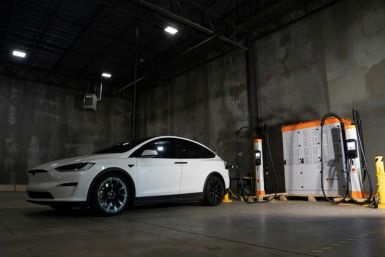Starbucks beats view, raises targets
Starbucks Corp
The company, which has been slashing its outlets, laying people off and reducing costs, raised its target for fiscal 2010 earnings -- excluding items -- to growth of 15 percent to 20 percent from a previously forecast growth range of 13 percent to 18 percent.
Starbucks' profit topped analysts' estimates in the previous quarter, signaling that performance may be improving at a company that expanded at a frenetic pace just before the U.S. economy headed into recession.
Chief Financial Officer Troy Alstead said more people are visiting Starbucks' cafes and spending a bit more when they do, a trend that started in the third quarter and gained momentum toward the end of the fourth.
Chief Executive Howard Schultz is now turning toward new markets, including China, the world's No. 3 economy. Schultz told analysts on a conference call he foresaw the potential for thousands of stores there, from hundreds now.
Starbucks reported a stronger-than-expected quarterly profit and raised its forecasts.
The company's net income for its fiscal fourth quarter, ended September 27, was $150 million, or 20 cents per share. A year earlier, Starbucks reported net income of $ 5.4 million, or 1 cent per share.
Excluding items, Starbucks earned 24 cents a share in the latest quarter, topping analysts' average forecast of 21 cents, according to Thomson Reuters I/B/E/S.
Total net revenue was $2.42 billion compared with $2.52 billion a year earlier.
We ended the fourth quarter better than we started the fourth quarter. We are very encouraged by the trends we're seeing, CFO Alstead said in an interview.
Consumers are still in a tough place. I don't know that they're going to celebrate the end of the recession any time soon.
Schultz retook the helm in early 2008 and began a restructuring that has included shuttering roughly 900 units, slashing other costs and eliminating waste.
It boosted its direct-to-consumer marketing through rewards cards and online marketing. It also tightened up operations, tidied up its selection of retail items and rolled out new products such as Via instant coffee.
But as Starbucks shrank its store base, competitors like McDonald's Corp
Last November, Starbucks shares fell to $7.06, their lowest since late 2001, as the United States and other countries scrambled to contain a meltdown of financial markets.
On Thursday, Starbucks shares rose to $20.50 in after-hours trading from their Nasdaq close of $19.70.
(Reporting by Lisa Baertlein; editing by Edward Chan, Andre Grenon and Steve Orlofsky)
© Copyright Thomson Reuters 2024. All rights reserved.











